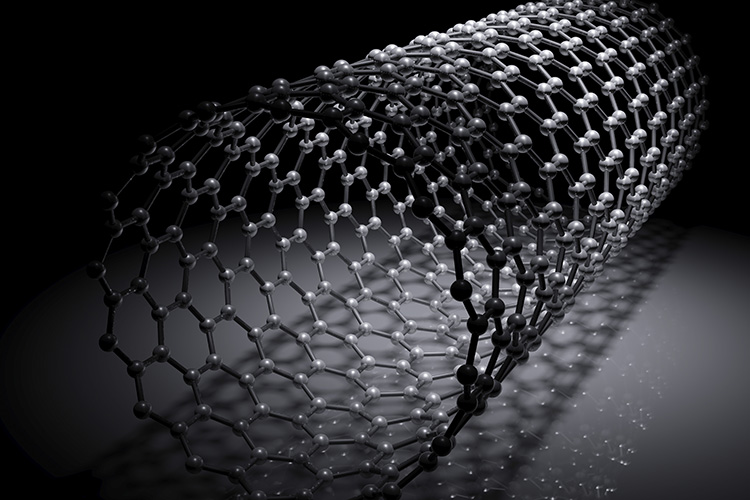A brief introduction to the application of nano-additives in electrically conductive polymers.
Radical Materials have the in-house capability to mould test pieces from your exact compound or polymer/masterbatch combination and assess the influence of the additive on the base polymer performance via two principal methods:
For certain applications, it is often desirable to combine the traditional advantages of polymers with electrical conductivity ranging from static dissipation through to conduction and EMI/RFI shielding. Applications for such polymers are evident in industries such as automotive, aerospace, defence, electronics and battery technology.
There are a range of additives available in order to impart the necessary level of conductivity, however, many of these require very high loading levels, particularly if high conductivity levels are required. The use of carbon nanotubes (single or multi-wall) can facilitate the achievement of high performance dissipative or conductive polymers at very low electrical percolation thresholds (low loading levels) and can bring added benefits in downstream processing and mechanical performance.
The use of such performance additives does, however, require an in-depth knowledge and optimisation of processing characteristics and of the final application. With such low loading levels possible in order to achieve the desired results, high levels of nano-additive dispersion must be achieved at all stages of processing. Compounding conditions must be optimised as well as final part design, polymer selection and processing (e.g. injection moulding) settings.
The use of additives such as carbon nanotubes can be a highly successful method of imparting wide-ranging electrical conductivities to polymers at potentially very low levels of loading. However, their use requires strong processing know-how and failure to optimise conditions and designs can often result in performance falling well below expectations.











